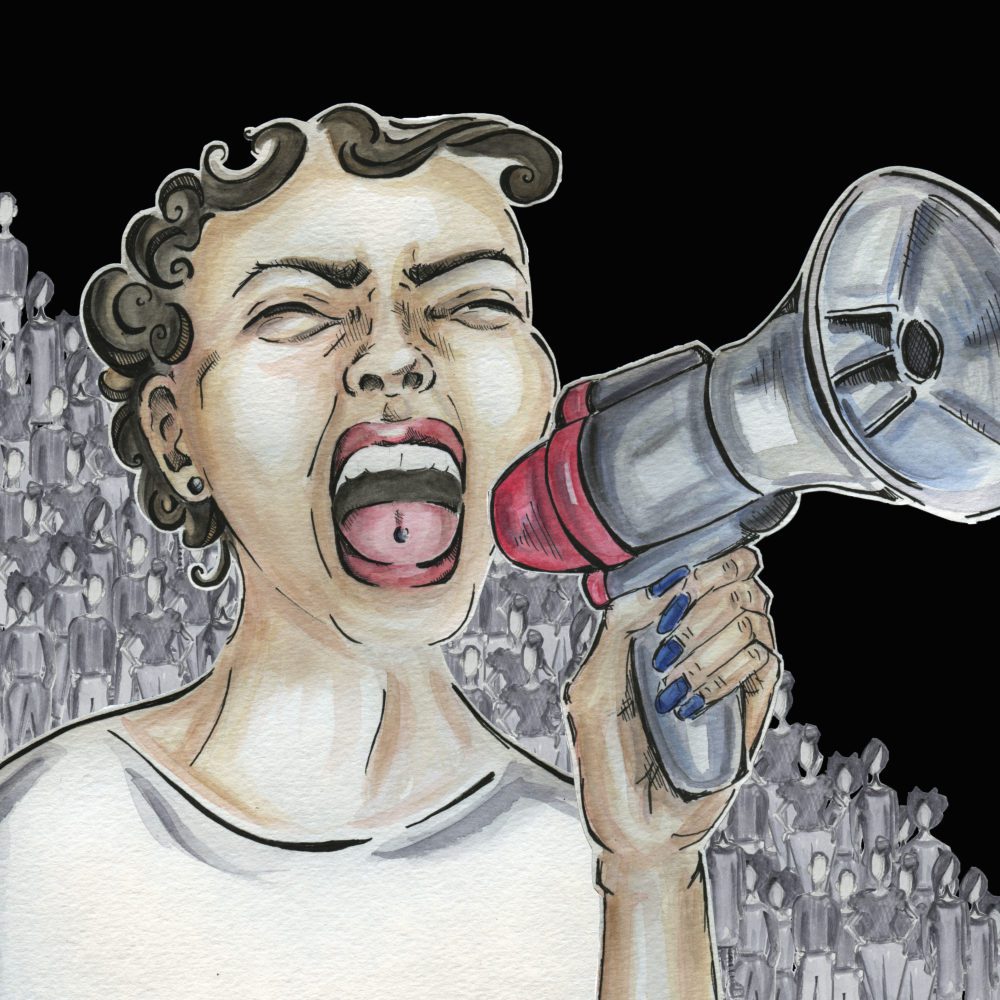Helen Gurley Brown was the editor-in-chief of Cosmopolitan magazine for thirty-two years and authored the bestselling book Sex and the Single Girl. She is now the subject of the biography Bad Girls Go Everywhere, written by Jennifer Scanlon, a professor of gender and women’s studies at Bowdoin College.
Perhaps more interesting than the book itself is the debate that emerges over Ms. Brown’s role in the history of feminism. The New York Times remains neutral, simply reporting Scanlon’s claim that “Ms. Brown belongs alongside figures like Betty Friedan in histories of second-wave feminism … and was a precursor of the third-wave, ‘Sex and the City’ feminism.” The Washington Post, however, printed a review of the book in which Naomi Wolf, author of Give Me Liberty: A Handbook for American Revolutionaries, argues that “[i]n the long battle between the two styles of feminism, Brown, for now, has won.”
“Friedan’s second wave feminism, loosely described, was sincere in its emotional tone, reformist (though many would say radical) in its goals and middle-class or upper-middle-class and overwhelmingly white in terms of its most visible spokeswomen. Its great strength lay in analyzing entrenched gender-based power and challenging it politically, ushering in the great triumphs that made women’s lives today possible — from reproductive rights to Title IX to laws against sexual assault and domestic violence.
“Its shortcomings grew more visible with wear: Second wave theory and practice tended toward humorlessness. The movement often saw men and women in opposition (rather than seeing sex discrimination as the enemy). It sometimes viewed domesticity and family life as a trap rather than a potential source of joy for both sexes. It could be puritanical about sexuality, and it often cast a skeptical eye on what it saw as women’s frivolous pursuit of romance, fun and fashion.
“Then third wave feminism came along, critiquing its staid mothers and reinvigorating — while simultaneously giving some political heft to — the kind of gestures Brown had set out in her 1962 manifesto. Third wave feminism is pluralistic, strives to be multiethnic, is pro-sex and tolerant of other women’s choices. It has led to an embrace of what was once so politically suspect — the notion that you can be a ‘lipstick lesbian’ or a ‘riot grrrl’ if you want to be, that you can choose your persona and your freedom for yourself.
“But that very individualism, which has been great for feminism’s rebranding, is also its weakness: It can be fun and frisky, but too often, it’s ahistorical and apolitical. As many older feminists justly point out, the world isn’t going to change because a lot of young women feel confident and personally empowered, if they don’t have grass-roots groups or lobbies to advance woman-friendly policies, help women break through the glass ceiling, develop decent work-family support structures or solidify real political clout.
“Feminism had to reinvent itself — there was no way to sustain the uber-seriousness and sometimes judgmental tone of the second wave. But feminists are in danger if we don’t know our history, and a saucy tattoo and a condom do not a revolution make.”
Wolf concludes the review with a call to action: “The fact is, we know the answers to Western women’s problems: The way is mapped out, the time for theory is pretty much over. We know the laws and the policies we need to achieve full equality. What we lack is a grass-roots movement that will drive the political will. ‘Lipstick’ or lifestyle feminism won’t produce that movement alone.”
But is the battle really over, the way clear, and the time for theory passed? How can Wolf be so sure?




